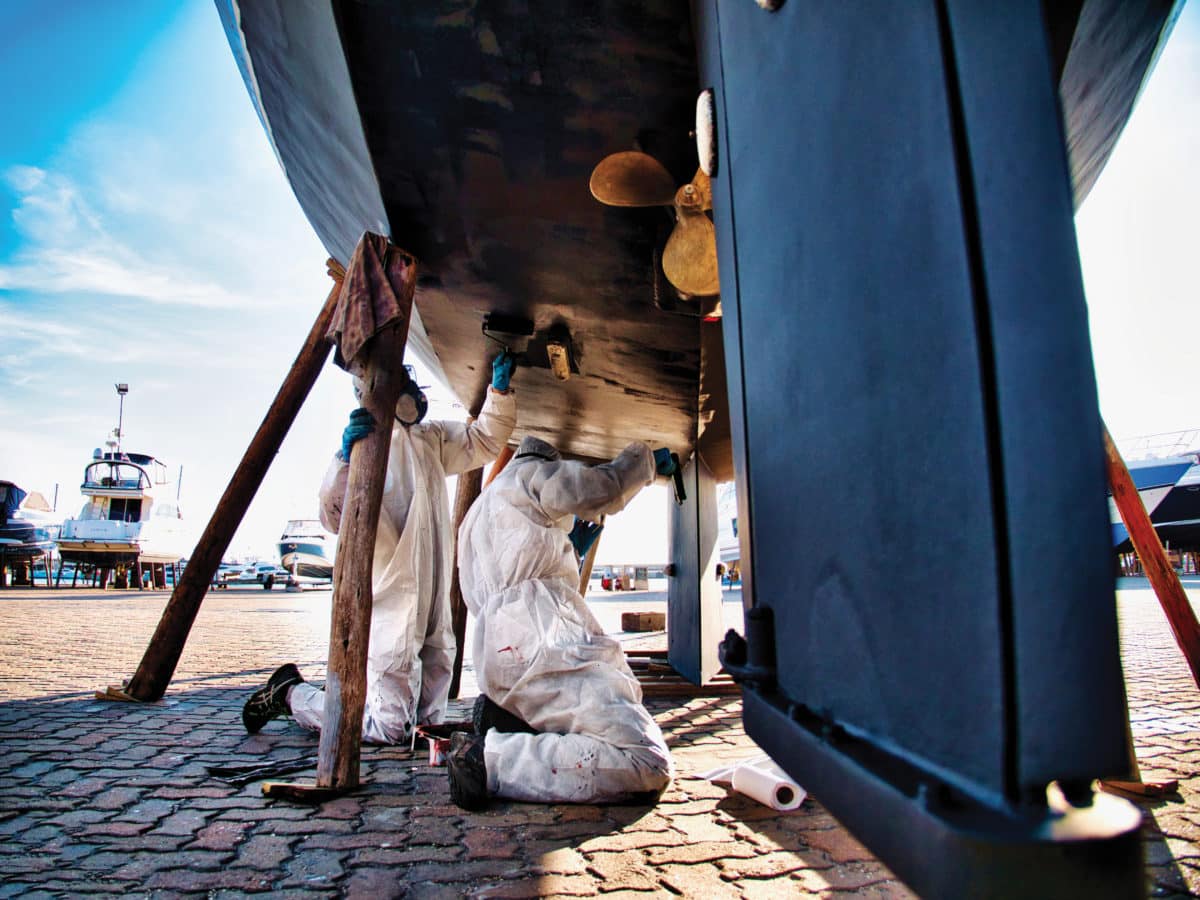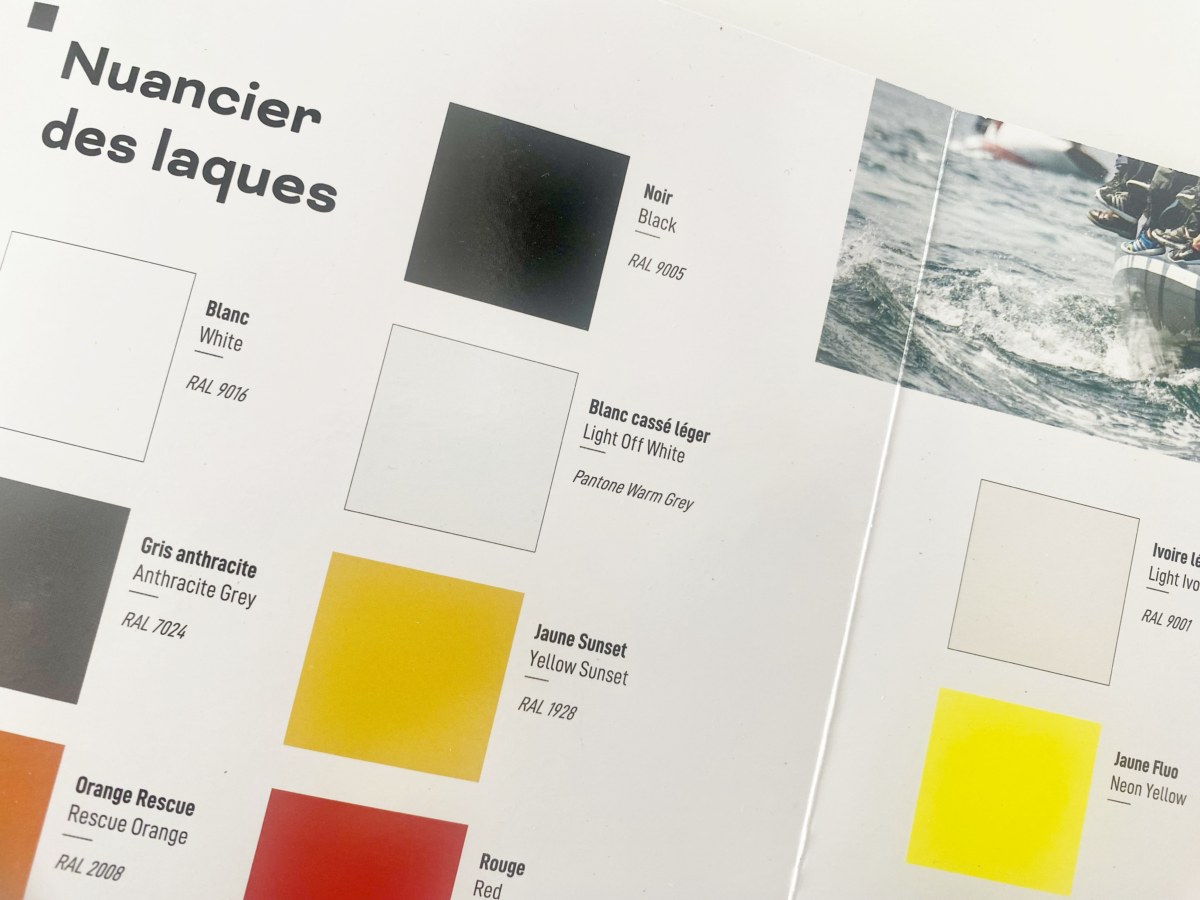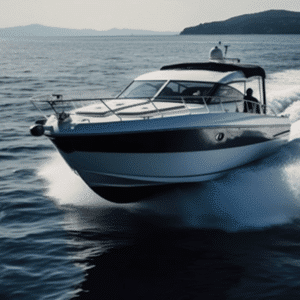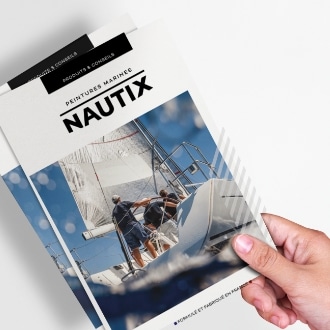Is your boat osmosed?

Examine the hull The first step is to visually examine the hull. The classic signs of osmosis are blisters which, when pierced, give off a vinegary odour (acetic acid). In this case, we must : Determine whether the problem is general or localized Determine whether the blister is superficial (positioned between two coats of antifouling […]
Osmosis: Understanding the phenomenon on boat hulls

What is osmosis? Osmosis is a natural phenomenon. It’s a force that arises from an imbalance between two media of different concentrations, separated by a semi-permeable membrane. In the case of a boat, the hull floats on a low-concentration liquid, water. Since hulls are always relatively permeable, water can infiltrate and concentrate in certain places, […]
How to overcoat a 2-pack antifouling ?

With the discontinuation of certain products, many boat owners and boatyards are looking for a new solution for the maintenanceof their boats. There are several options to consider. Making the right choice means starting by defining, between the owner and the boatyard, the expectations in terms of planning,budget and durability of the work carried out. […]
Antifouling: regulations

Antifouling paints are designed to protect boat hulls from fouling. Between the need to protect hulls and their environmental impact, these active products need to be assessed on the basis of a benefit/risk analysis linked to the uses to which yachtsmen put them. European regulations Since 1998 and the introduction of the Biocide Directive, Europe […]
Colour guide for topcoats

Theses shades are given as an indication and are non-contractual. We endeavour to provide you with the closest references but differences may exist. LIGHT OFF WHITE Pantone Warm Grey WHITE RAL 9016 ANTHRACITE GREY RAL 7024 BLACK RAL 9005 LIGHT IVORY RAL 9001 LIGHT GREY RAL 7035 RESCUE ORANGE RAL 2008 YELLOW SUNSET RAL 1028 RED […]
Nautix becomes Tara’s official supplier

The Tara Ocean Foundation and Nautix have signed a technical partnership for marine paints. During its winter refit, Nautix paints were applied to the emblematic 30-metre exploration schooner, in preparation for the new 2-year mission along the coasts of Europe, from Lorient to Lorient via 19 stopover countries. Tara Europa, the name of the new […]
How to apply anti-slip paint

Mix well before applying the antifouling

https://youtu.be/E7D8c5r5ibU For the antifouling to be fully effective, the product must be well homogenized before application. Why is this operation so essential? An antifouling is a complex formulation composed of many ingredients with very different densities. It is therefore essential to know how to homogenize these ingredients in the bucket before application for a uniform […]
Overcoating or sanding ?

It is advised that you water-sand your antifouling with 80-120 every year, before applying your antifouling. This will remove the hydrolysed resin from the old paint, improve the adhesion of the new coats and the glide of the boat. If you notice cracks or other “weaknesses” on your hull, it means that your coating system […]
How do you apply the topcoat?

Applying a topcoat is the final step in a paint application. Enamels cannot fill holes or scratches. For best results, they must be applied to a well-prepared, dry surface, sanded to a 240 grit and, above all, evened out. For best results, it’s best to apply a white undercoat such as UNDERCOAT or U2. A […]
How to choose between hard matrix or ablative matrix antifouling?

Faced with the marine paint department, you hesitate. Ablative or hard matrix? The choice depends on your use! Choosing between ablative or hard matrix antifouling? You have a sailing boat in the water all year round or a motorboat going at a cruising speed of less than 30 knots. An ablative, like the A3 Yachting, […]
How to properly apply an antifouling on the propeller?

A7T. Speed antifouling is a hard matrix antifouling formulated specifically for propellers and Z-Drive. While the A7 spray (500mL) makes for a very nice application, the film thickness per coat remains very thin. It is therefore necessary to apply at least 4 to 5 coats to obtain a sufficient biocide “tank”. The A7 in a […]
Non-slip: which one to choose?

Would you like to repaint your deck to make it slip-resistant? Deck Grip Single-component paint for refits. Opacifying, easy to apply and quick-drying, it gives feet a good grip without damaging clothes. Available in white or light grey, it has a low sheen to limit the effect of reverberation. Good value for money. Grip Additive […]
Applying epoxy in winter is hot!

While applying an epoxy primer is technically no more complicated than applying a single-component primer, it does require certain precautions to be taken, particularly in winter weather conditions. The epoxies sold in the yachting industry have to be applied at average temperatures. In winter, when applied at low temperatures, polymerisation between the resin and hardener […]
How to choose and apply an epoxy primer?

Do you have a new boat that you want to protect? Do you need to repaint your boat underwater? Choose the right primer. Why use an epoxy primer? Unlike antifouling, which is a low-resin paint, the primer creates a durable interface between the gelcoat and the antifouling. It also reinforces its adhesion. The benefits of […]
Focus on our special racing antifouling

The A4T.Speed antifouling is selected by the most prestigious racing boats and skippers worldwide. Its exclusive technicals features make this antifouling the one that the skippers and teams wants on their boats to win : hard matrix allowing regular cleaning, with exceptional smooth finish and and bright colours. (see custom color to RAL to be […]
Stripping off antifouling

Informations : If your current antifouling is in poor condition, we recommend it is completely removed before repainting. Nautix STRIPPER has been formulated to remove antifouling from all substrates, and can be used on polyester without damaging the gelcoat. One application is equivalent to around 2-3 coats of antifouling. This operation should be repeated depending […]
How to apply antifouling?

A few tips and tricks : If you are unsure about the nature of your old antifouling when overcoating, you can apply a coat of P1 primer to isolate the old paint and ensure that the new coats are fully effective. Never apply a hard matrix antifouling over an ablative. Apply two thick coats of […]
Antifouling & Fuel consumption

“A clean, smooth hull: that’s a direct saving of 4 litres per hour. I chose Nautix!” Claude Owner of an 8m Barracuda in the North of France DID YOU KNOW? A dirty hull increases the hydrodynamic resistance of the hull, which in turn increases your boat’s drag. This results in an increase in fuel consumption […]
Antifouling: a guide for boat owners

Antifouling is a crucial part of boat maintenance. It’s essential to understand what antifouling is, why it’s important and how to choose the right product for your boat. In this guide, Nautix will help you discover everything you need to know about antifouling, from its history to its application and maintenance. After a few minutes […]


